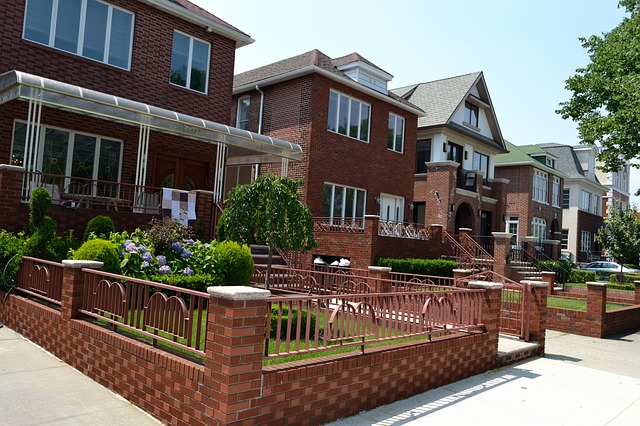Mortgage rates in the last month have fallen and it’s still low for the most part. Use these tips for first-time homebuyers and have the leverage on your side before going around and looking for a home.
With all the how-tos in Social media about buying a home, being overwhelmed and confused is an understatement. There is too much information to start with and not too much of the basics.
Here are the basic guides to help you navigate through the process without the big words that agents and banks would use.
1. Be realistic and know what you need.
Buying more of a house than what you can afford is a no-good thing. You’ll be struggling with the payments. Especially if you moved to come from an apartment the upkeeps is too much and utilities might be higher
Do you prefer bars close by and just walking distance away or opt to have a quiet quaint suburban neighborhood and walk your dog around the block?
If you prefer the city, spaces and prices will be a premium.
In suburbia, you’ll have a bit more space to grow and a bit quieter than the city.
Consider your current lifestyle, the goal here is to lessen the stress of transition from a renter to a full-fledged homeowner.
Base your decision on your current payments. See if your current rent right now is comfortable.
Developing a habit is a realistic way of testing your financial standing.
Let’s say that your rent is $1800 and your estimated mortgage payment is $2000. Test how this goes for a quarter and see if you’re comfortable with it and your comfort level will determine you’re readiness being a homeowner.
One of the important tips for first-time homebuyers is to use a financial calculator and see where else you can save and boost your savings as well as your credit score in the long run.
Try to know more when you get a pre-approval, ask your loan officers about details of the loan so you have the upper-hand when you are shopping around for a house.
2. Location, location, location
You’ve heard this one before, right? For many first-time home buyers, it’s all about where a house is – the part of town, the neighborhood, the school district.
When deciding between houses, it’s a good idea to consider which location has the best chance to help increase the value of the home over time.
Property Profile Reports gives you detailed information about the home that you are trying to buy. From school district, property upgrades and historical value of properties, similar to the house that you are searching for.
3. Mortgage loan pre-approval.
A pre-approval means that a loan officer from a mortgage lender has taken a close look at your finances.
They have computed your income, verified that you’re employed and, you don’t have that much debt. This determines you can afford the loan and you’re in good financial standing.
Pre-approval is a step above pre-qualification. Pre-qualification is just an estimate. The loan officer did not see your tax returns or verify your employment with your HR department.
Take your time to look around. And, are you personally ready? There are rules that lenders need to pre-qualify you for the amount that you can afford at the moment of your application.
Remember these rules and the documents that the mortgage lender will need to get you pre-approved:
- 2 years of consecutive tax returns
- a couple of years consecutive W2s
- two months consecutive paystubs
- Forms of government ID, e.g. drivers license and passport
It may be excessive but if you gather this document upon application, you’ll gain the upper hand in negotiations when it’s time to make an offer.
A prequalified borrower is the real estate agent bestie. Being prequalified shows that you are serious buyer and the lender has reviewed your income. You are approved for a specific loan amount and you can close quick.
4. Budget as much as you can with the downpayment
Think of a down payment as an investment. It may seem intimidating, but it could be one of the wisest decisions you make as a first-time homebuyer. To get real with it there are several loan programs that will accept variations of down payment.
Popular programs have minimums requirements 3.5% (FHA) to 20% (Conventional) down payment.
FHA home loans that are geared towards first-time homebuyers that can go as low as 3.5% down.
Consider another 1.75% of your loan amount for Mortgage Premium insurance, this is the catch with this type of loan program.
The premium is divided by 12 months paid as an addition to your monthly mortgage payment.
In contrast, another popular loan is a Conventional loan mortgage. This requires the 20% down payment and doesn’t have the required mortgage insurance like the FHA loans.
5. Know different loan programs
Certainly, there’s more than one way to finance the home of your dreams.
While a conventional 30-year fixed mortgage is the most popular type of loan these days, it’s certainly not the only option.
If you need more research and find a loan that fits your needs you can visit the link.
Hopefully, these tips for first-time homebuyers gives helps you to a better path forward in owning a home.
If you have the savings and financial stability search for a lender that addresses’ your concerns and is patient enough to answer your questions.



